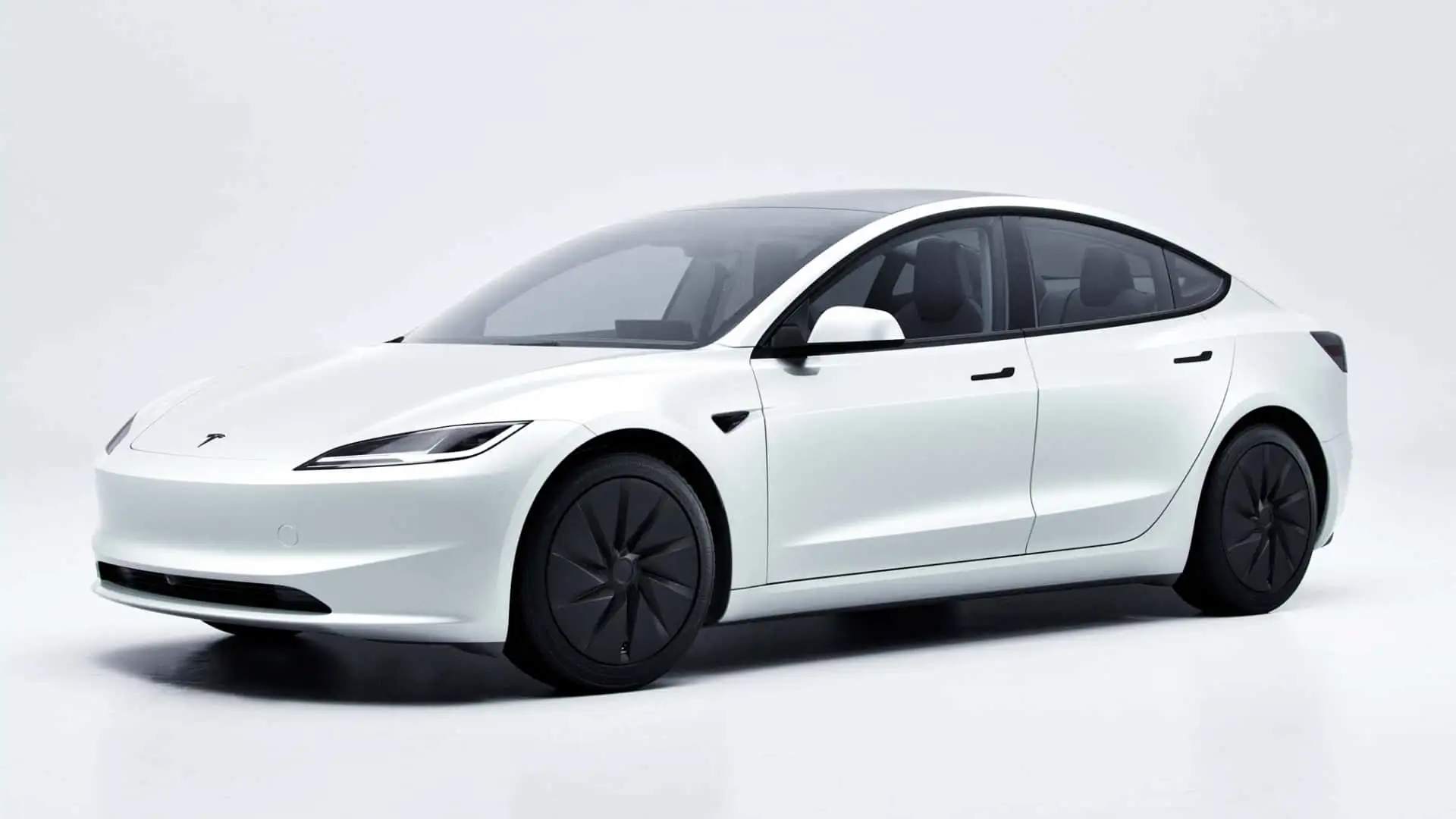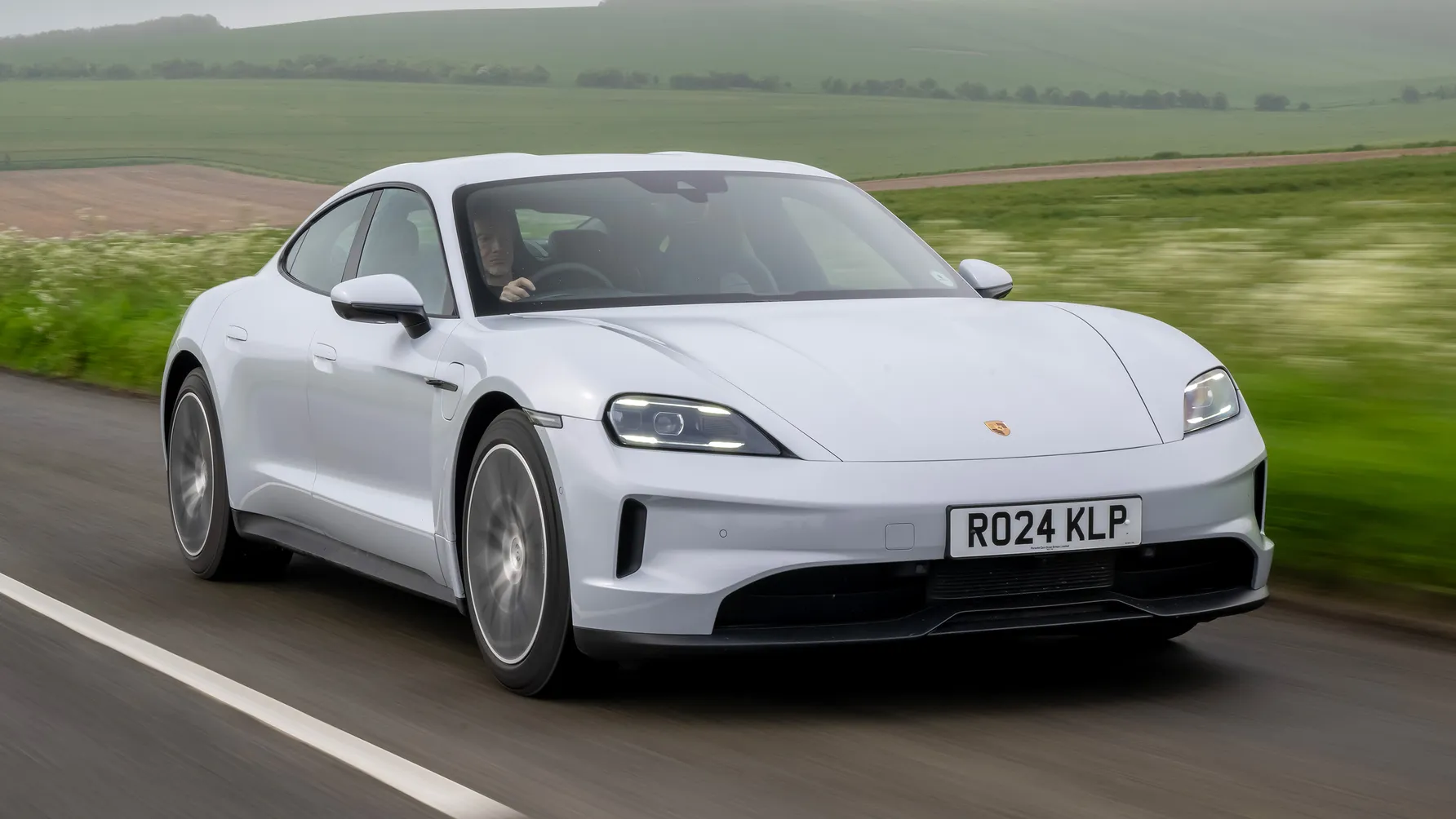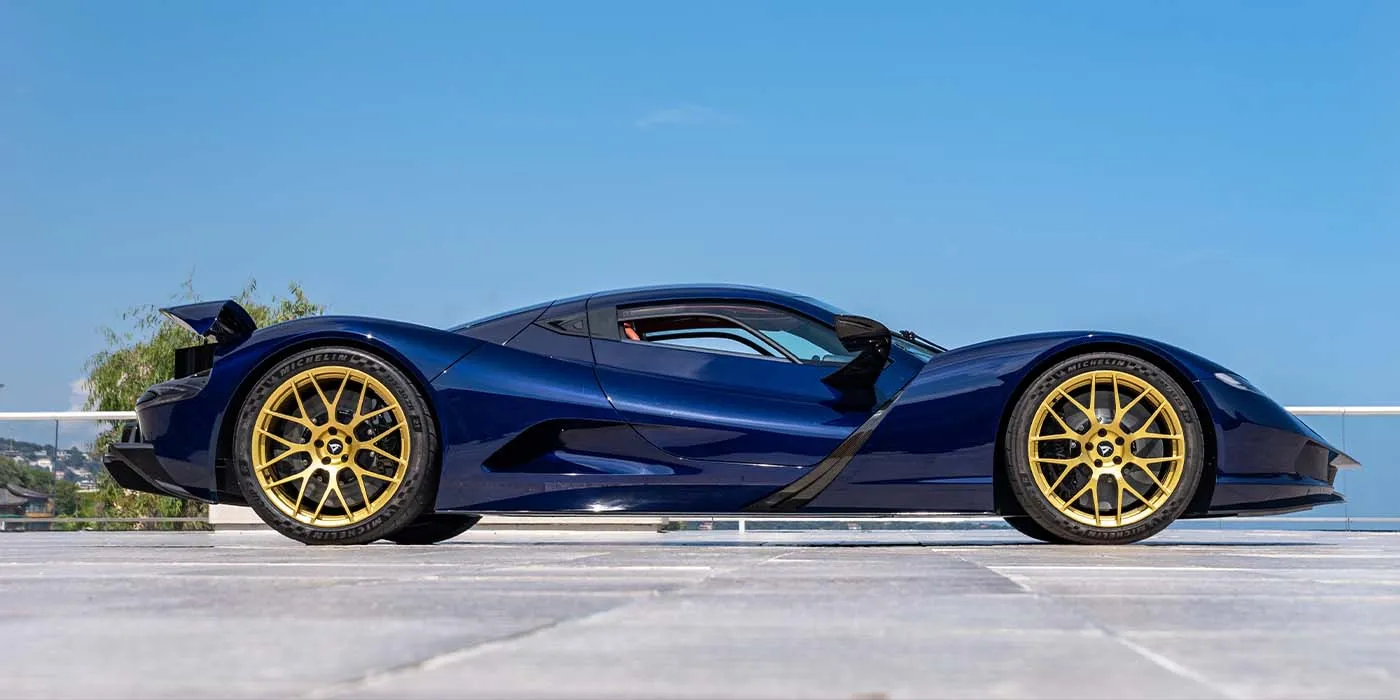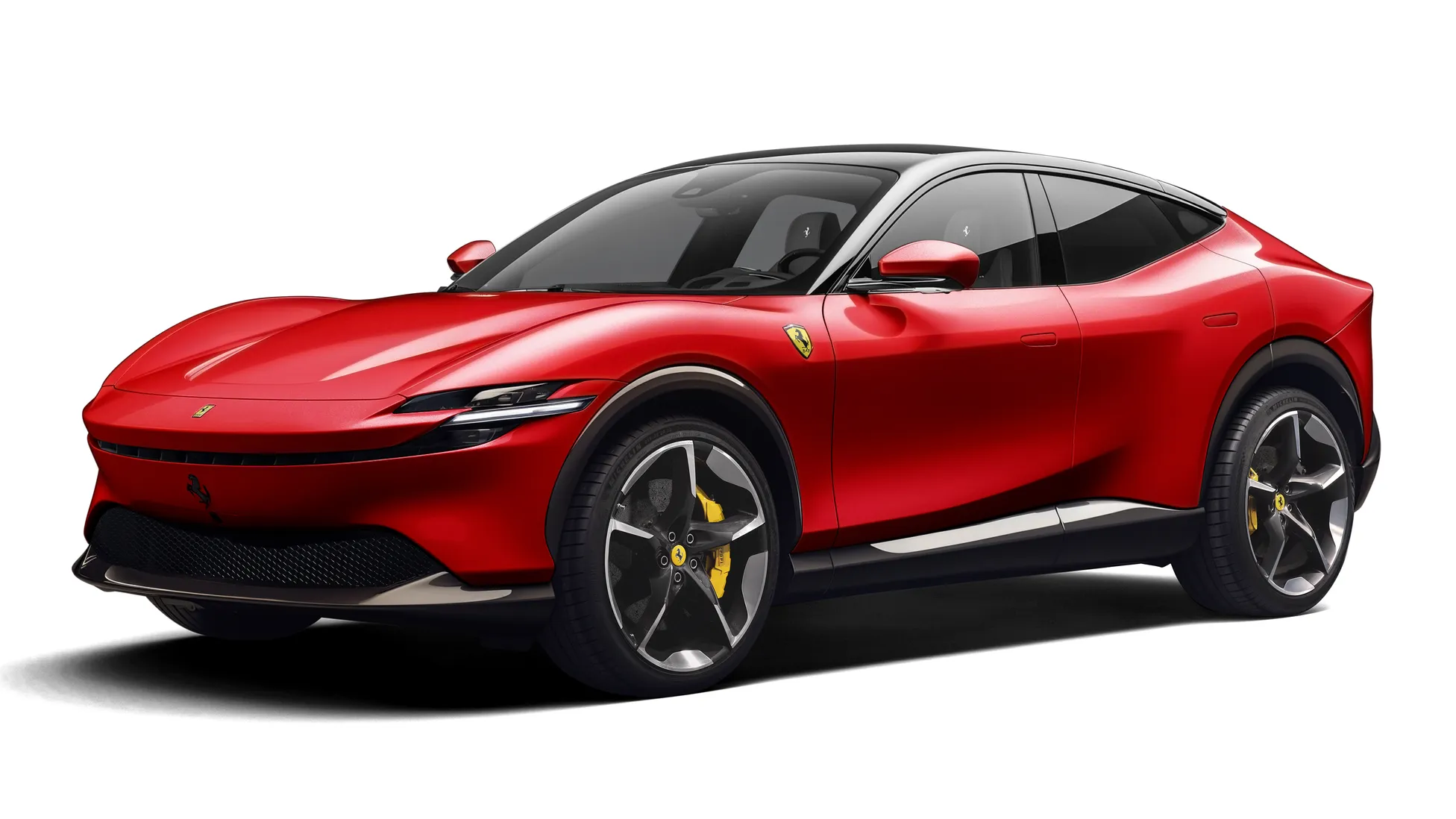Tesla has once again captured headlines with the announcement of its 2026 Model 3 Standard and Model Y Standard, two new versions of its best-selling electric vehicles designed to reintroduce affordability into the brand’s lineup.
Both cars will be built at the company’s Austin, Texas factory and mark Tesla’s re-entry into the lower end of the EV market. The Model 3 Standard is priced around $39,000, while the Model Y Standard will start near $43,000. Each uses a single rear motor, with ranges of approximately 272 miles and 260 miles respectively. To hit those price points, Tesla made several deliberate trade-offs. The new Standard models lose the dual-motor all-wheel-drive system, offering only rear-wheel drive. The interior is simplified: no ventilated seats, fewer ambient-lighting options, and a more limited color palette. Tesla also removed premium materials used in the Long Range and Performance trims and downgraded the sound system from the 14-speaker setup to a simpler version. The panoramic glass roof and adaptive suspension remain optional rather than standard.
While these specifications may not set performance records, they are calibrated to meet the practical expectations of the average EV buyer – those who value efficiency, reliability, and entry into the Tesla ecosystem without paying for premium performance.
At first glance, Tesla’s move appears purely tactical. With federal tax incentives beginning to phase out, and with rising competition from Hyundai, Ford, BYD, and Polestar, it makes sense for the company to restore an entry-level option. Tesla’s U.S. market share has dropped from roughly 62% to under 50% over the past two years, largely due to new EV models entering the market and growing price sensitivity among consumers. Adding cheaper vehicles helps Tesla maintain its delivery volume and factory utilization rates at a time when demand is shifting toward value-driven buyers.
However, this new lineup is not only a financial decision – it’s a psychological one.
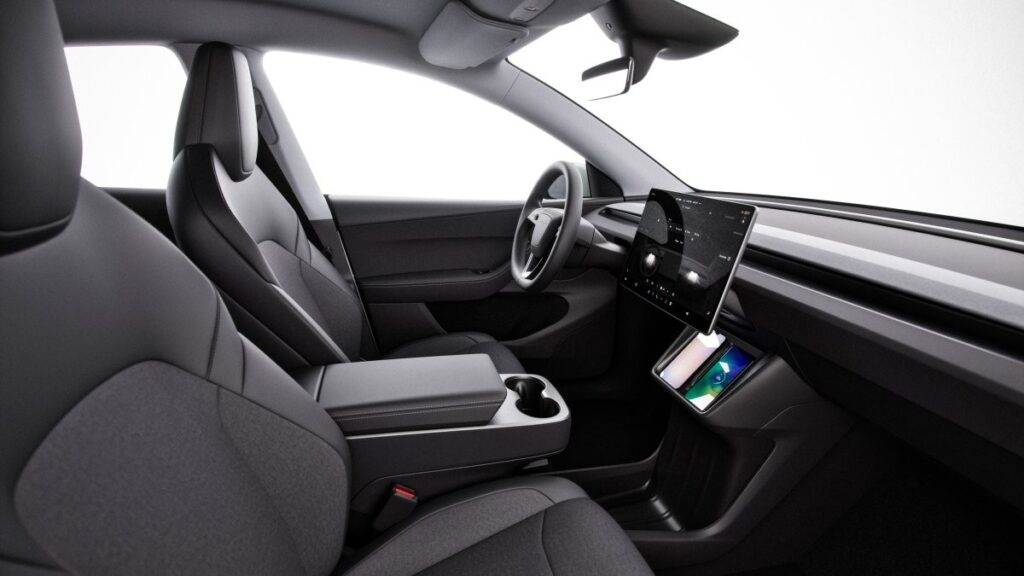
The Strategic Use of Perception
By reintroducing the Standard versions, Tesla isn’t just targeting a new demographic; it’s carefully reshaping how customers perceive value within its product range. The company has restructured its lineup into a deliberate three-tier choice framework: Standard, Long Range, and Performance.
Each tier is designed to evoke a specific emotional and cognitive response. The Standard version appeals to those seeking affordability and simplicity. The Performance version captures enthusiasts and early adopters who equate speed with status. But the Long Range model – the one in the middle – is intentionally positioned as the “rational” choice. It’s the car that feels like the smartest balance of range, power, and price.
This structure is no coincidence. It’s the practical application of one of marketing’s most enduring behavioral concepts: the Decoy Effect.
The Psychology Behind the Decoy
The Decoy Effect, first identified in 1982 by researchers Joel Huber, John Payne, and Christopher Puto, describes how adding a clearly inferior option can influence buyer behavior. When consumers are presented with two choices, introducing a third, slightly worse alternative makes one of the original options appear more attractive by comparison.
The idea challenged traditional economics by showing that people don’t always choose based on pure logic or value – they respond to context. The presence of a “decoy” subtly reframes the decision, steering customers toward the option a company wants them to prefer.
How Tesla Uses the Decoy Effect
Tesla’s Standard trims play the role of the decoy. They exist not only to expand accessibility but also to reframe how buyers view the mid-tier Long Range versions.
When a buyer opens Tesla’s online configurator, they are greeted with three options: the Standard model at $39,000, the Long Range around $46,000, and the Performance model priced above $50,000. At that moment, the buyer’s mindset changes. The question is no longer “Can I afford a Tesla?” but “Which Tesla gives me the best value for my money?”
The Standard model sets the psychological anchor. It makes Tesla appear approachable, even if few people purchase it. Meanwhile, the Long Range model feels like a modest, logical upgrade – offering better range, dual-motor all-wheel drive, and faster acceleration for a relatively small price increase. The Performance version, while impressive, becomes a reference point rather than a realistic choice for most.
The result is that many customers will naturally choose the middle option. They will walk away feeling rational, informed, and satisfied – all while Tesla increases its average transaction price and maintains high margins.
Why This Approach Works
Tesla’s decision to reintroduce entry-level models works on multiple levels. From a psychological standpoint, it satisfies the human tendency to avoid extremes. Most consumers do not want to feel like they are buying the cheapest product, but they also resist paying for the most expensive. By creating a clearly inferior base model and a clearly aspirational top model, Tesla subtly positions the middle trim as the ideal compromise.
From an operational standpoint, the company benefits from manufacturing efficiency. All three versions share the same production line, parts, and body design, meaning Tesla can produce them interchangeably while keeping costs low. The margin on the Long Range and Performance variants is significantly higher, meaning that even if the Standard model sells in small numbers, it justifies the higher perceived value of the rest of the lineup.
From a brand perspective, this strategy allows Tesla to appear both premium and accessible at the same time. The presence of a lower-priced model broadens its audience, while the higher trims protect its image as a performance-oriented brand. The structure of the product line, rather than any single car, becomes the marketing tool.
In summary, by reintroducing its most affordable models, Tesla has engineered a new kind of perception: one where the middle option feels rational and desirable.

